We were confronted with the following task:
The filling of the storage tanks in the electrolysis plant is necessary up to 4 times a week. Until now, the salt was transferred from an inland vessel to trucks and transported to the electrolysis plant via country roads. About 80 truckloads are needed for one unloading operation. The salt is then transported over a distance of about 12 km. Since the storage tanks have to be filled four times a week, up to 320 truck transports through densely populated areas are required per week. This does not include the empty runs back to the canal. This kind of transport is associated with a lot of noise, dust and exhaust fumes for the residents.

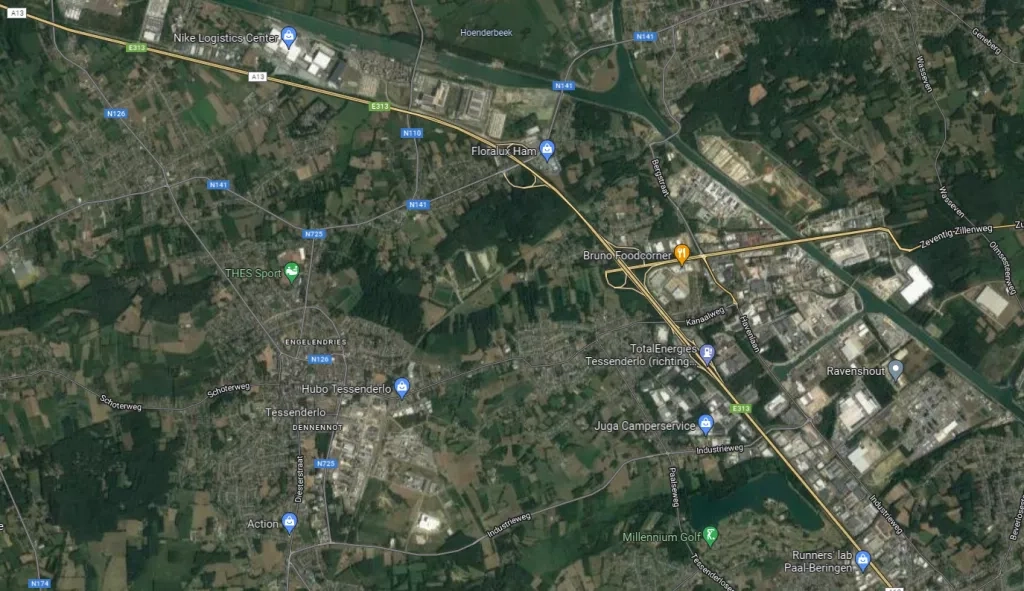
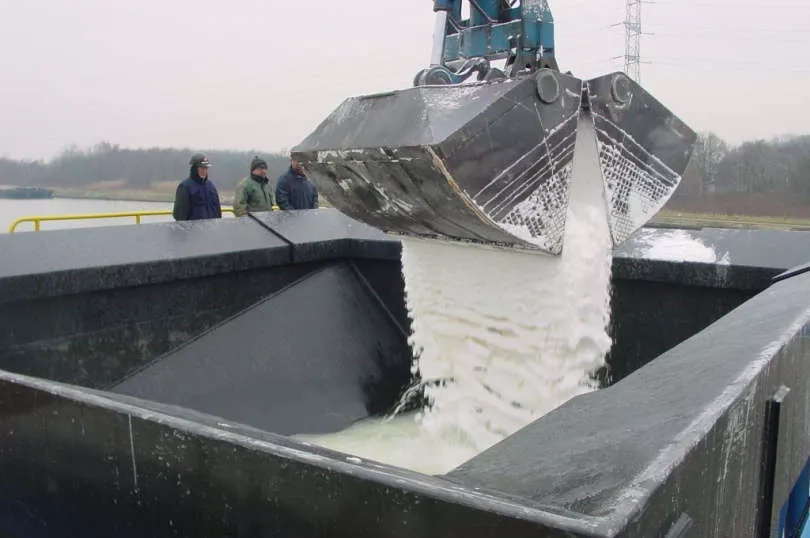
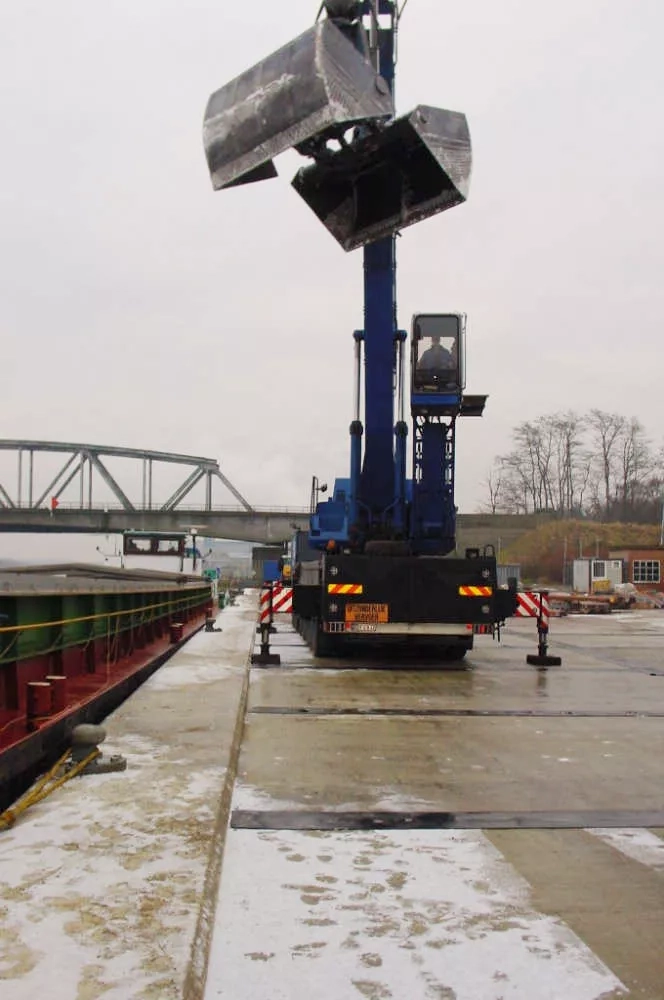

Travailler pour le groupe Habermann Aurum Pumpen
Notre société a pour vocation de servir tous les continents
Durée de vie moyenne des pompes à boues Habermann
est la plus ancienne pompe de l'usine
Où nos pompes sont utilisées au quotidien
Nous sommes l'un des principaux fabricants allemands de pompes centrifuges.
Pourquo Habermann Aurum Pumpen?
Habermann Aurum Pumpen est l'un des principaux fabricants de pompes centrifuges pour le transport de liquides chargés de particules solides. Avec près de 100 ans d'expérience et l'expertise de plus de 30 000 pompes utilisées dans le monde entier dans les secteurs industriels les plus divers, nous sommes devenus une partie intégrante du système économique mondial. Notre portefeuille de produits comprend des pompes et des vannes. Grâce à notre département d'ingénierie interne, nous sommes en mesure de résoudre des problèmes techniquement exigeants et complexes. Notre objectif fondamental est de développer les pompes industrielles les plus durables et les plus résistantes, en combinant des décennies d'expérience avec une technologie de pointe. Nos pompes sont utilisées dans l'industrie minière et minérale, dans l'extraction de matières premières et dans le secteur de l'énergie, dans l'industrie sidérurgique, dans l'industrie chimique, dans l'industrie des pigments, dans la construction de tunnels et dans des travaux spéciaux de génie civil.
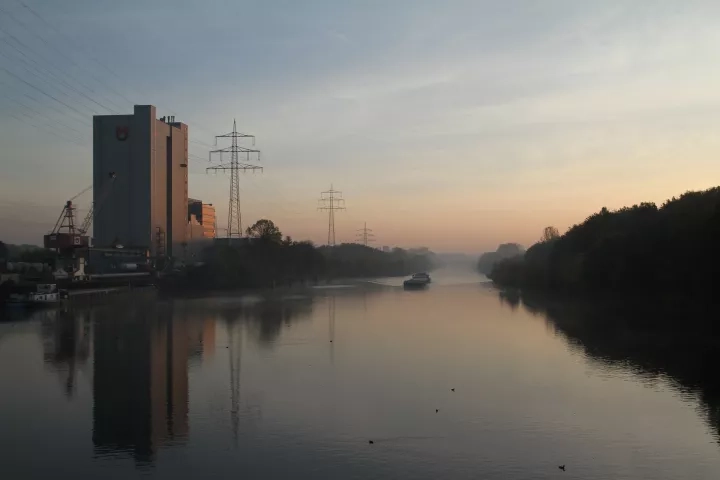
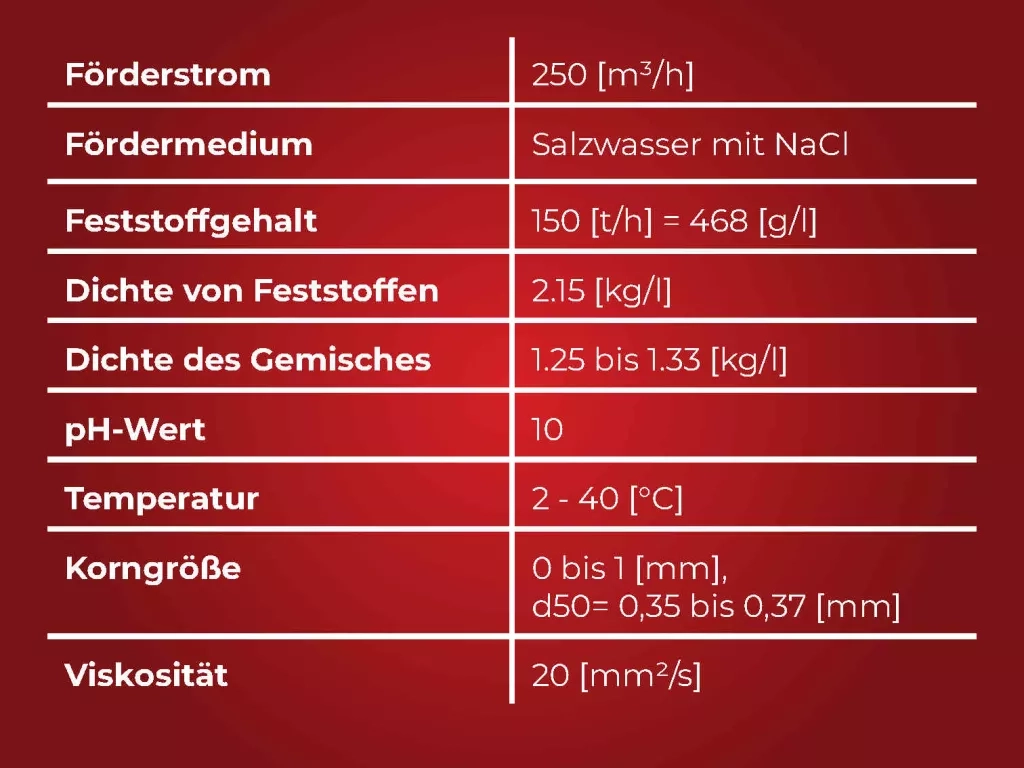
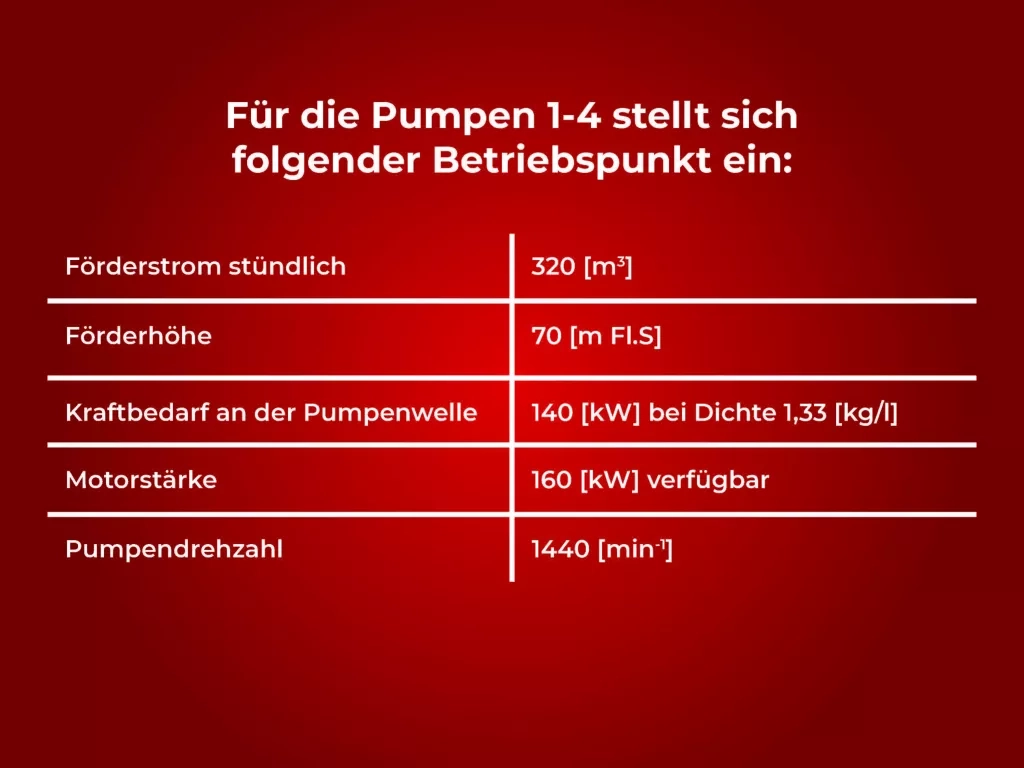
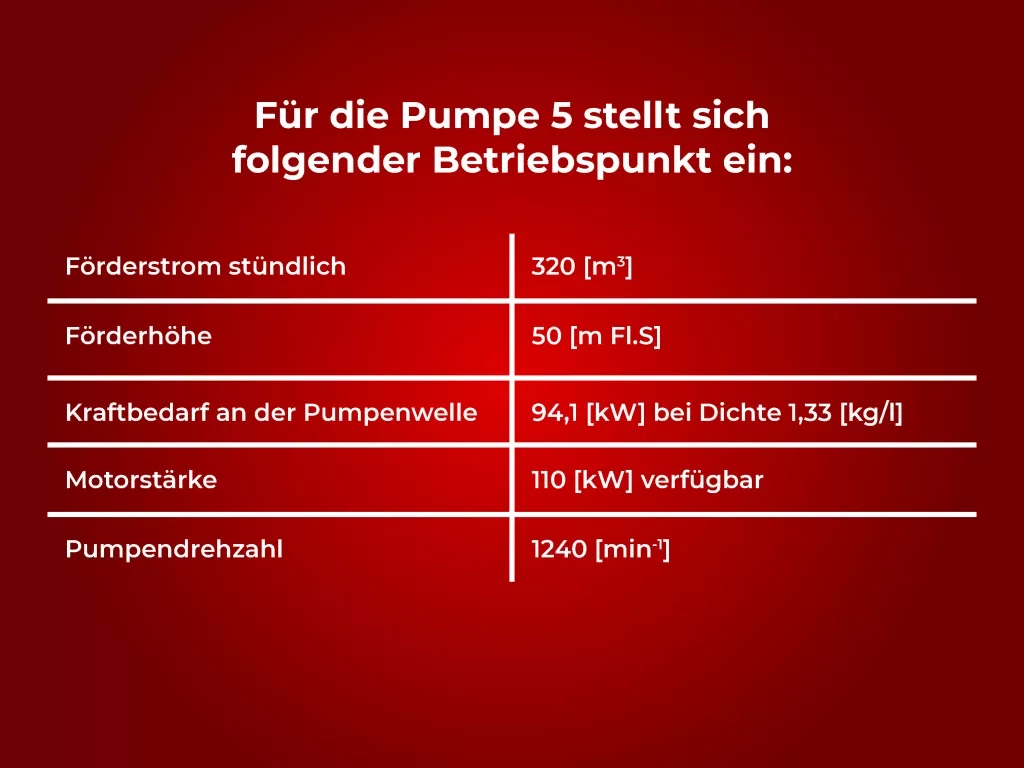
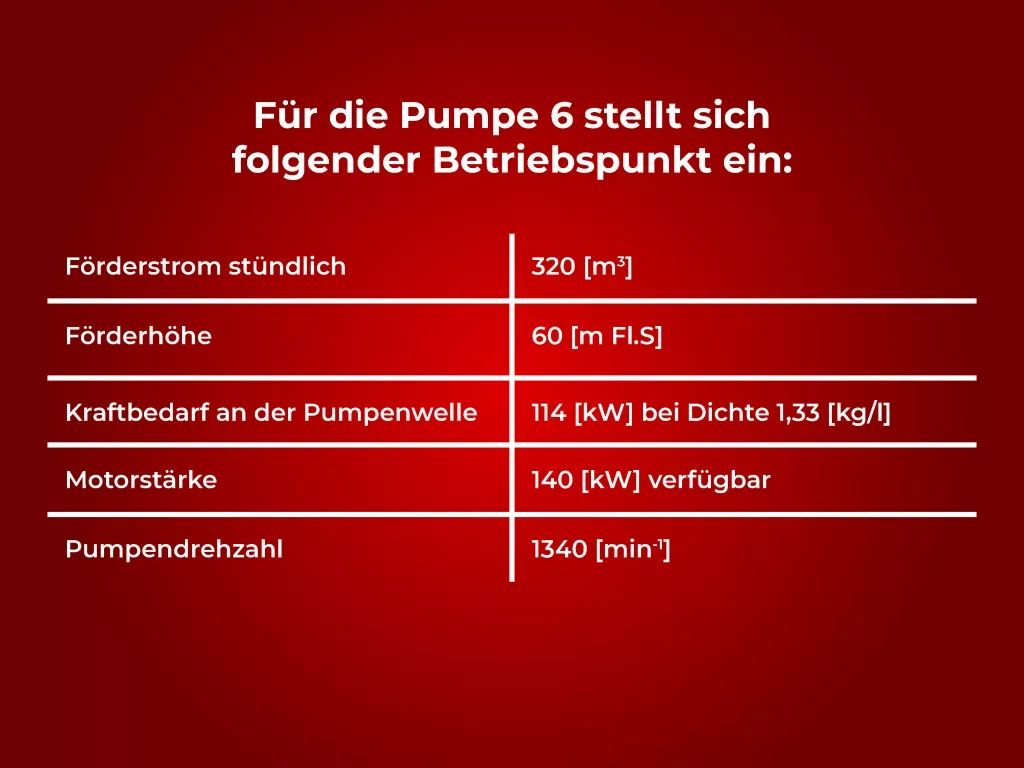
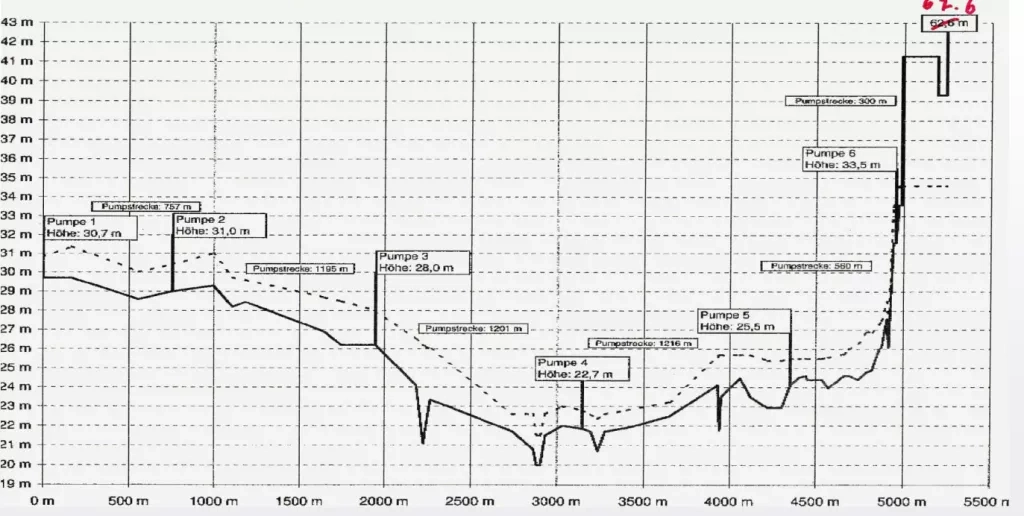
 +49 234 / 893570-0
+49 234 / 893570-0 info@aurumpumpen.de
info@aurumpumpen.de